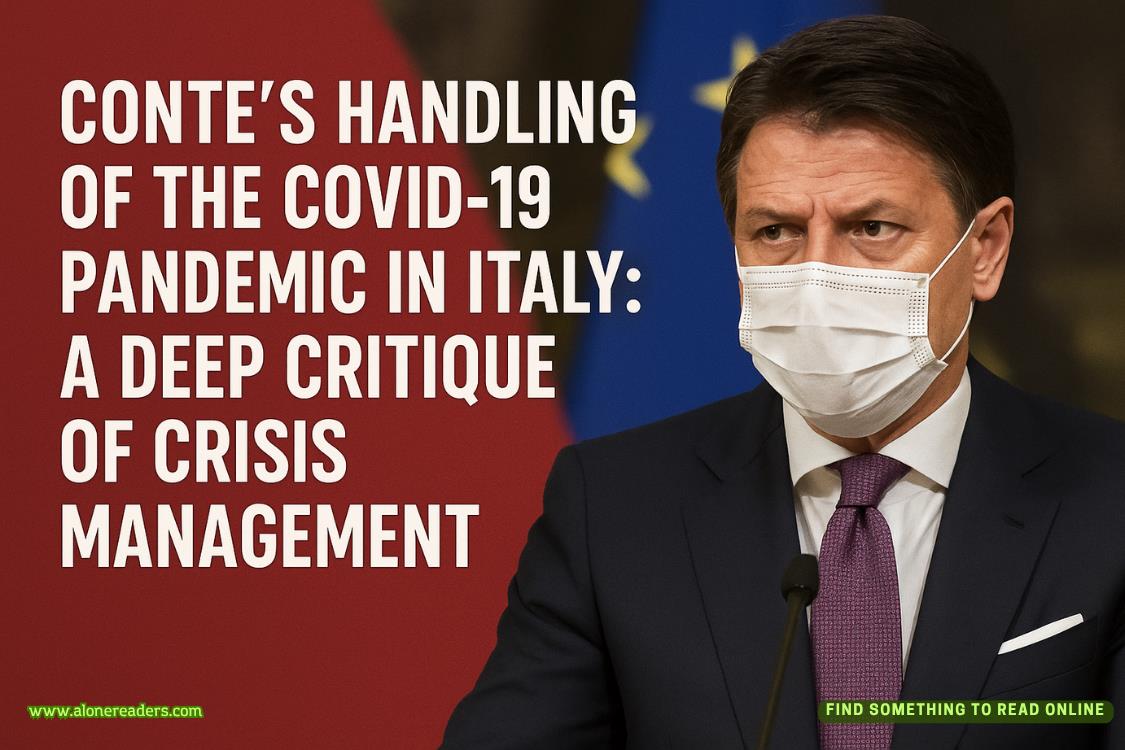Page 21 of The Dressmaker's Gift
Mademoiselle Vannier gave a frown of disapproval the next morning when Mireille reported that Claire had had an accident and would need a few days off work to recover. When Mireille took her up to see Claire in the apartment, the supervisor tutted, saying, ‘What were you doing, you foolish girl? Out cavorting and merry-making with some young man or other, I suppose. Don’t you know how dangerous it is these days? Apparently there was terrible bombing over in the west of the city last night. You might have been killed if one of those bombs had gone astray.’ But she also took in the pallor of Claire’s face, which was almost as white as the bandages around her head, and she gave her a kindly pat on the hand, saying, ‘Stay where you are. Vivienne can finish off the beading on that evening gown for you. I’ll have some broth sent up. Have a good rest and we’ll soon have you back on your feet.’
That evening, having checked that Claire was sleeping peacefully, Mireille slipped back downstairs to theatelierwhere, as usual, Vivi had stayed behind. She watched for a second from the doorway. In the empty, darkened room, Vivi bent low over something she was working on, her russet braid glowing in the pool of light from the single angled lamp on the table beside her.
Suddenly realising that she wasn’t alone, Vivi jumped and quickly pulled over the froth of a bright pink chiffon skirt that she was supposed to be hemming, to cover what looked like a square of plain white silk. Mireille pretended she hadn’t noticed, letting Vivi preserve the illusion that she simply continued to work on the unfinished garment from earlier.
To cover her friend’s slight confusion, Mireille said, ‘I love that colour. They’re calling it Schiaparelli pink. Mademoiselle Vannier thinks it’s common though.’ She smiled. ‘Sorry to have disturbed you. I just thought I’d come and see if you needed a hand. I know you’ve been given extra work to cover for Claire. I’m not as good as you two at beadwork, but I could hem that for you, if you like?’
Vivi smiled, but shook her head. ‘That’s so kind of you, Mireille, but I’m very nearly finished.’ She held up a corner of the fabric – although Mireille noticed that she kept the white silk square carefully concealed beneath it – and said, ‘See, just one more panel to go. I’ll be up soon.’
‘Okay,’ said Mireille. ‘There’s a little bit of rabbit stew left from the other night. I’ll warm it up for you if you like?’
Despite the lines of tiredness that pinched Vivi’s features, her face glowed as brightly as her hair when she smiled her thanks. ‘I’d love that.’
Mireille turned to go, but stopped as Vivi spoke again, resting her hand on the fabrics which covered the table in front of her. ‘And Mireille? Thanks.’
The look that passed between the two girls said far more than those few, terse words. It was a look of understanding: a mutual recognition of so much that needed to remain unsaid.
Harriet
If Mireille hadn’t had the courage and the determination to pedal so furiously towards the bombing raid over Billancourt that night in 1942, I wouldn’t be here now. Claire would have been one of the many thousands of people who perished in the bombardment – mostly civilians like Christiane, who lived in the accommodation that had been built to house the workers close to the Renault factory. Claire would never have married Laurence Ernest Redman and they would never have had the daughter that they named Felicity. As I trace those fine, fragile threads of fate back across the years, I am more and more astounded that I am here at all.
Life can seem so very tenuous sometimes. But perhaps that fragility is why we treasure it so. And perhaps it is our profound love of life that makes us so terrified of losing it. Mireille didn’t hesitate to go back and find Claire. Vivienne would have gone in an instant as well, if she hadn’t had to stay behind. And I can only imagine the dogged determination that kept Mireille going as she gritted her teeth and practically dragged Claire, dazed and bleeding, from the other side of the city back to the safety of the apartment in Saint-Germain.
So, if we cling on to life so hard and value it so much, how deep do depression and despair have to drag someone before they reach a place where they can’t bear to go on? It must have been a slow descent into hell that my mother endured before she could bear it no longer and ended the pain with a couple of handfuls of sleeping pills. She washed them down with the remnants of a bottle of brandy that had sat on a shelf in the kitchen for several years, bought by my father in happier times and used to set light to the pudding on the Christmas table.
When I’d managed to break free of the hands that held me at the front gate, that day when the blue lights of the police car illuminated the dusk in front of my home, I ran inside and saw the empty bottle on its side on the floor, next to the sofa where a paramedic in a hi-vis jacket bent over my mother’s body. As more hands grabbed me and pulled me away, all I could think of, at the sight of that bottle, was having been entranced by the will-o’-the-wisp blue flames that danced around the dark mass of sticky fruit, transforming it into something magical. Blue flames that flickered like the blue lights of the police car which someone gently lifted me in to, while I waited for my father to come and get me. I knew that he would take me to a house where I wasn’t really wanted, a house where I certainly didn’t want to be. My mother had abandoned me to that fate. All of a sudden, I felt those flickering blue lights burning me, engulfing me in flames of shock and anger and pain which felt as if they would consume me completely. A police woman crouched in front of me, beside the open car door, holding my hand, trying to soothe me. I leant forward and threw up into the gutter, narrowly missing her neatly pressed trousers and shiny black shoes.
I see now that it’s one of the paradoxes of life that if we love it so much that we are frightened of losing it, it can make us live a half-life, too scared to get out there and live whole-heartedly because we have too much to lose. In the same way, I think I protect myself in relationships, too scared to love whole-heartedly because then there would be too much to lose there too. I think of Thierry, of how drawn I feel to his calm, quiet presence and yet I feel myself drawing back, not letting myself fall in love because I’m afraid that there’d be too much to lose. I wish I had the courage of Claire, Vivi and Mireille. Then maybe I’d be able to live – and love – wholeheartedly.
To shake off these morbid thoughts, I head to my usual refuge in the elegant sixteentharrondissement. The trees are bare now, in the park that surrounds the Palais Galliera, and the ribbon-like flower beds that surround the fountain are planted in shades of deep purple and dark green. There’s an exhibition about one of France’s oldest fashion houses, Lanvin. I immerse myself in the world of its founder, Jeanne Lanvin, drinking in her beautiful creations. I stand for a long time in front of an evening gown in the iconic deep blue that was one of Lanvin’s trademarks. It has a heavy embellishment of silver beadwork on the sleeves. I wonder whether Claire ever saw a dress like this and whether it could have been the inspiration for the midnight blue gown she created from offcuts. It’s the off season and the museum is almost deserted, so I am startled out of my reverie by the sound of footsteps on the mosaic-tiled floor behind me. A silver-haired woman in a tailored black jacket comes to stand beside me in front of the exhibit.
‘It is beautiful, is it not?’ she says.
I nod. ‘The whole thing is stunning,’ I say, sweeping a hand at the rest of the exhibition.
‘Do you have a particular interest in Lanvin?’ she asks.
I tell her that my grandmother worked in another couture house in the war years and so I am drawn to designs from that era. But this dress, especially, reminds me of what I’ve heard about her.
She smiles. ‘I’m glad. Fashion lives on to tell the story of those who created it and wore it. It is one of the reasons I am drawn to it too. Imagine how pleased Jeanne Lanvin would be to know that seventy years after her death we still remember her. Her designs live on, inspiring today’s designers. That is a sort of immortality, I think.’
We both gaze at the dress in silence for a few more moments and then she says, ‘Well, I must be getting on. Good day, mademoiselle.’
Her footsteps fade and I am alone in the gallery once more. I stoop to read one of the information sheets displayed alongside the dresses and my eye is drawn to a simple black and white image. It’s the Lanvin logo, a line drawing of two figures. A mother and child hold hands, as if they are about to begin to dance or to play a game. They are dressed in flowing robes and wear crown-like headdresses.
The image is distinctive and, I realise, curiously familiar. It must be my imagination, but the scent of flowers seems to fill the air around me. And then I remember where I’ve seen this mother-and-child image before. It was on the black flagon of perfume that sat on my mother’s dressing table.
I read on, and learn that Jeanne Lanvin created the logo to represent her close relationship with her only child, a daughter named Marguerite. And it was Marguerite who chose the name for the famous floral perfume with woody undertones that her mother created: Arpège. She named it for the arpeggio of scents – each note following the next – that brings harmony to the perfume.
The room around me seems filled, suddenly, with the sound of a piano playing and I am transported back to my childhood.
It must be the memory of the scent and of my mother’s fingers moving gracefully over the keys of her piano that makes me remember that other photograph that I found in the box of my mother’s things, the one with the light shining on her face as she gazed into mine, like a Madonna and child.
Standing there alone, in the exhibition hall surrounded by Jeanne Lanvin’s creations, I experience a moment of complete happiness, a memory of what it feels like to be filled with joy that bubbles up from somewhere deep within me. As it fades, it leaves in its wake the knowledge that I don’t feel so alone after all. It’s as if the logo depicts not just Jeanne and Marguerite but all mothers and children: my own mother and me, holding hands, full of love, preparing to dance together through our lives.
The woman’s words echo in my mind: ‘That is a sort of immortality, I think.’ And it dawns on me that perhaps there are very many different ways to keep someone alive in your heart.
1942















